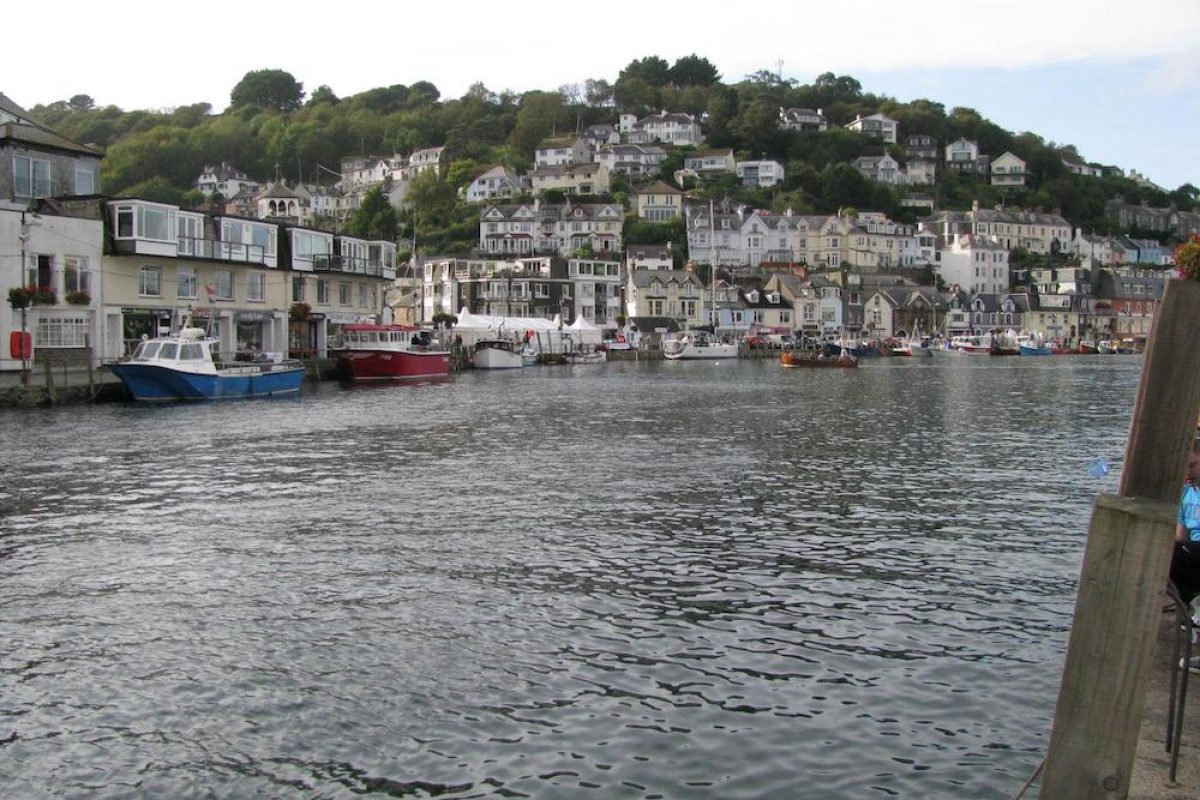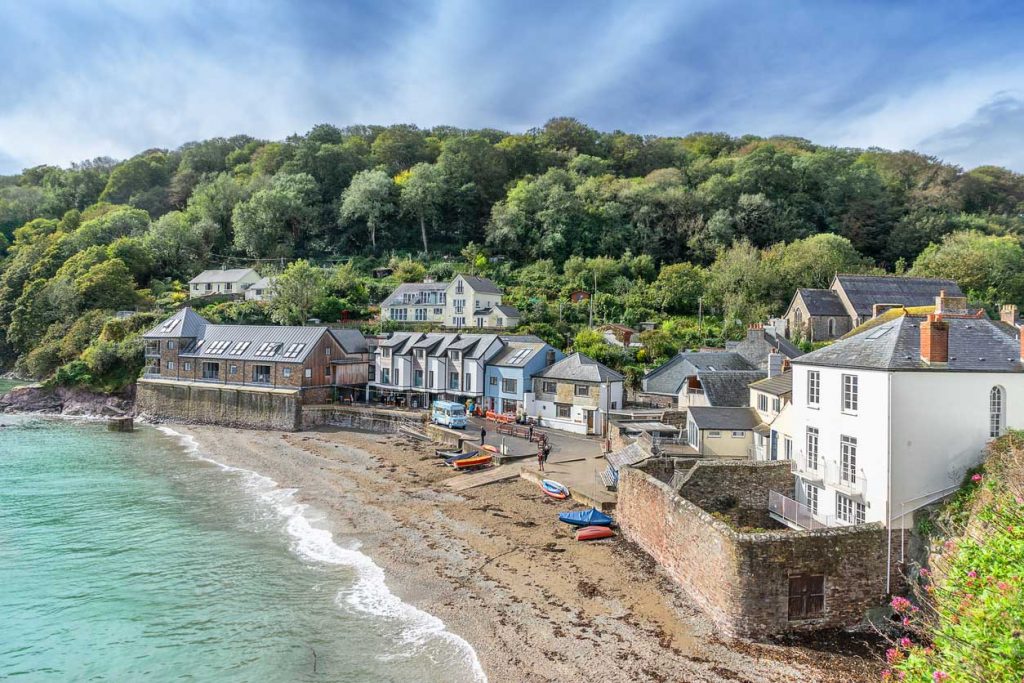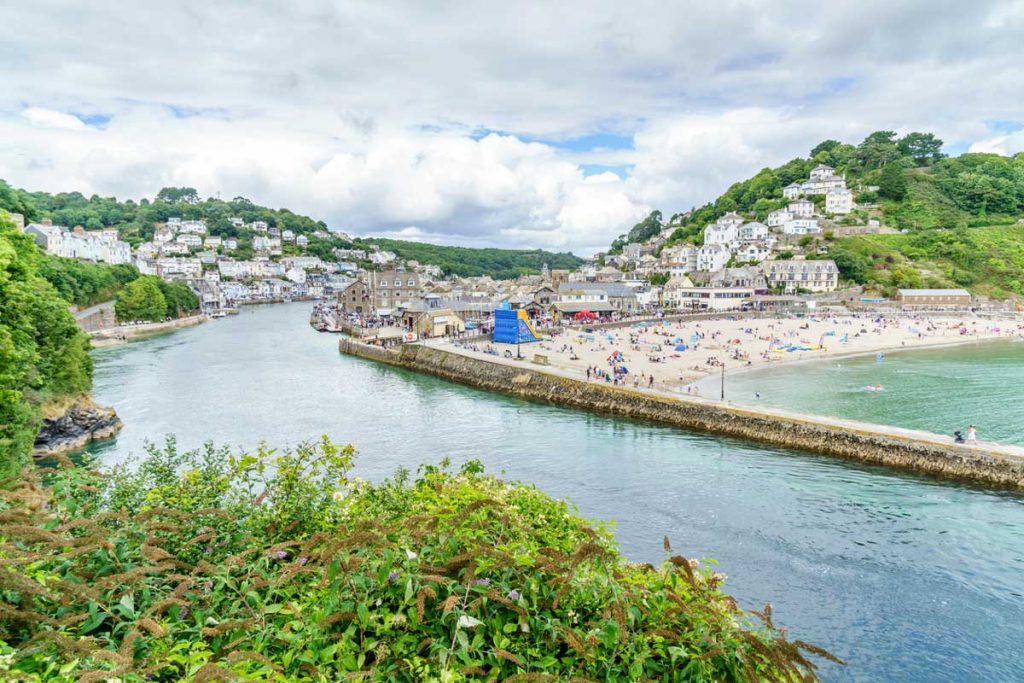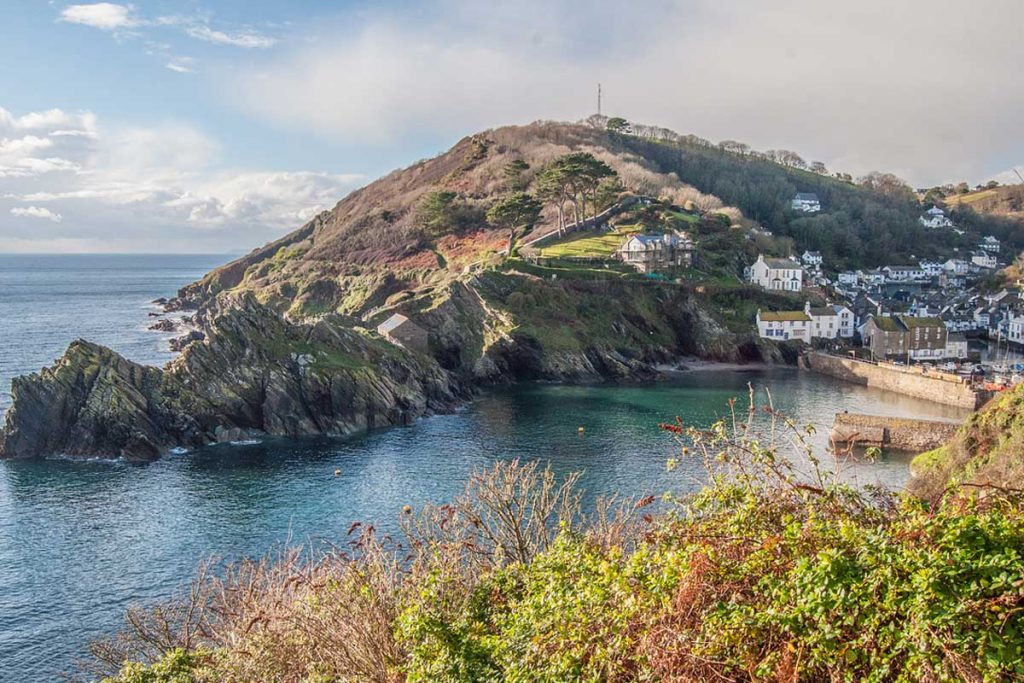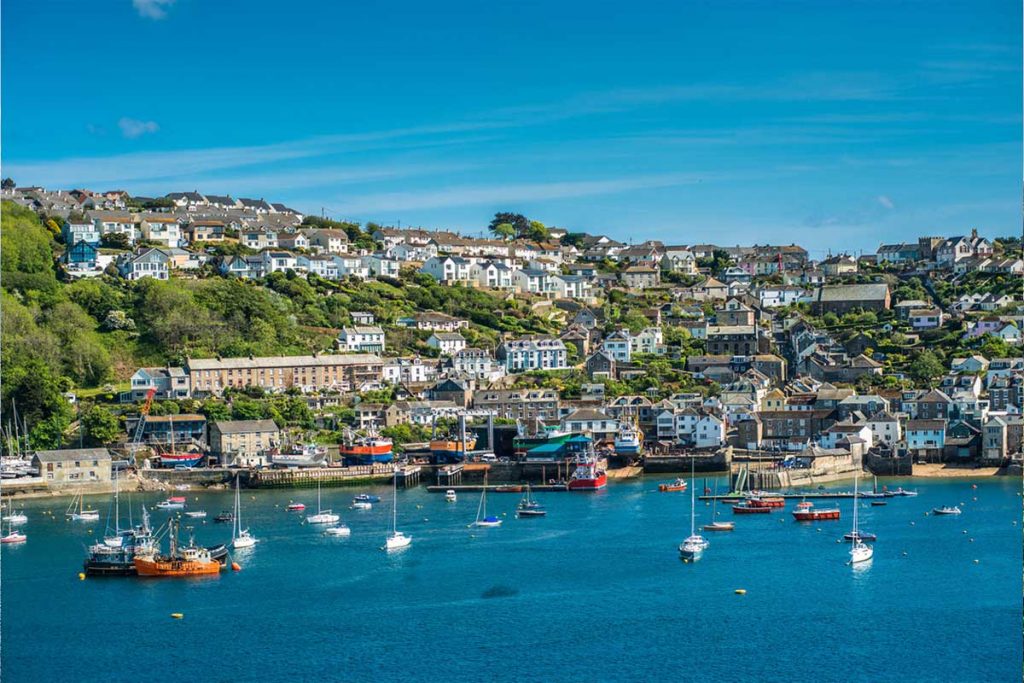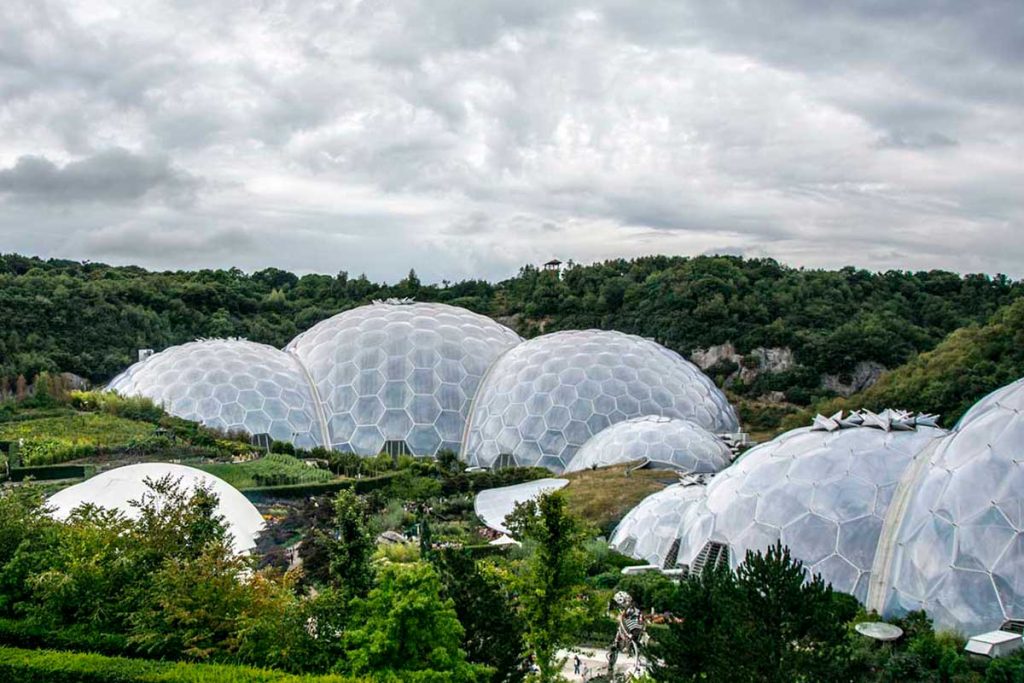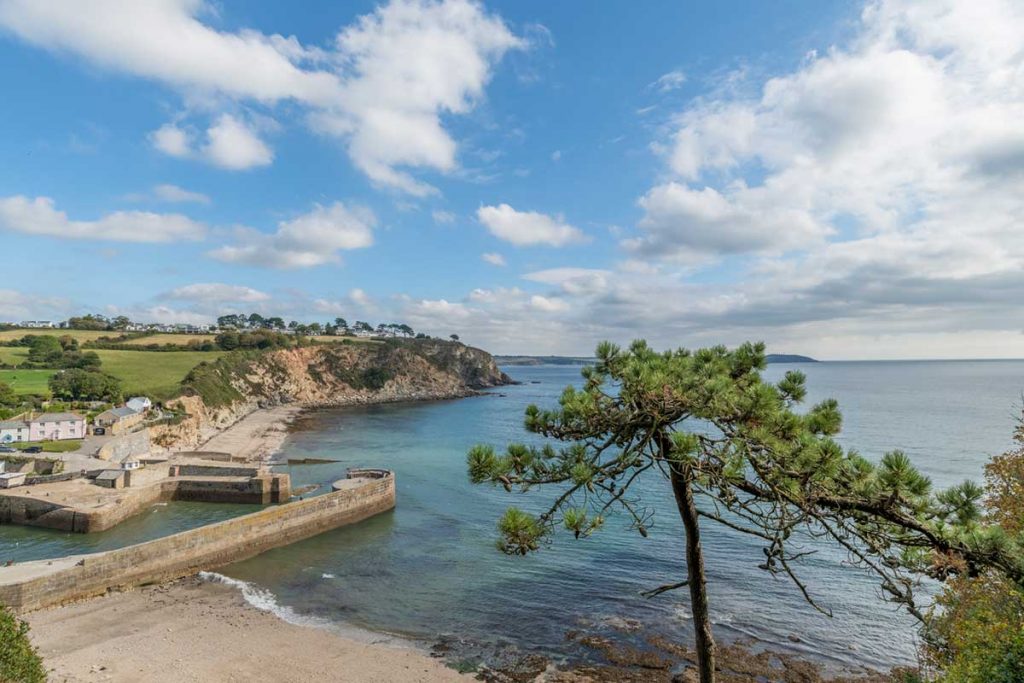Route Section 6:
Plymouth to St Austell
Many Cornish poems, legends and songs refer to crossing the River Tamar. The wide, attractive river valley to the west of Plymouth forms the modern council border between Devon and Cornwall – but to many Cornish it’s far more significant. It’s the border between Cornwall… and England.
So drivers should note you are not just entering another holiday area – but a county with a proud independent history and its own language.
Admittedly, at first Cornwall doesn’t feel very different. And as holiday trunk roads go, the A38 and A390 to St Austell aren’t the worst. However we suggest SW660 drivers will enjoy exploring the smaller roads to the south much more.
The coastal stretch between Looe and Par is particularly special. The tiny undeveloped bays and rocky headlands form an Area of Outstanding Natural Beauty. Negotiating the maze of coastal lanes here needs a bit of planning but they’ll repay it by giving access to a gorgeous untamed stretch of seashore.
Your Route
- Instead of crossing the Cornish border via the A38’s Tamar Bridge, try the Torpoint car ferry further south. The 1961 bridge is a spectacular landmark but the urban ferry is a less mainstream tourist route and allows views of the naval dockyards. Beware it can be busy at peak times though. The ferry also leads to the interesting Rame Peninsula, full of lanes leading down to waterside spots facing into Plymouth Sound.
- After Rame, follow the coast through Whitsand Bay, Downderry and Seaton. Then head inland briefly along the B3247 to Hessenford, before turning left onto the A387 and B3253 to descend through the trees to Looe.
- The A387 leads to Polperro but the detour down to Talland Bay is recommended on the way. Aim for Bodinnick but consider possible loops down to the National Trust’s Lantic Bay and Lansallos Beach.
- Bodinnick Ferry takes you across a memorable narrow stretch of the estuary into the heart of Fowey. After braving the narrow streets here, head for St Austell Bay via Par, Charlestown and Porthpean, with possible detours to beaches at Polkerris and Carlyon Bay.
- Calstock in the Tamar Valley
The Tamar Valley
Devon and Cornwall’s World Heritage Site
The Tamar Valley is part of one of Britain’s least known World Heritage Sites. The clumsy name hasn’t helped advertise the attractions of ‘The Cornwall and West Devon Mining Landscape’.
Head upstream from Plymouth to find, not just the attractive meandering wooded valley, but fascinating relics of the industrial revolution. The highlight is the restored river port at Morwellham Quay – once the centre of an international trade in arsenic, copper and lead from mines in the valley.
During your trip
Route Highlights
Rame Peninsula
The big C-shape on the map to the southwest of Plymouth is awkward to drive to because it’s one giant dead-end. But it’s worth the detour to this forgotten corner of Cornwall.
Looe
Looe is a classic small seaside resort with nautical pubs, cafes and shops in narrow streets either side of a busy harbour at the river mouth. Energetic visitors try coastpath adventures, particularly towards Polperro, and boat trips to Looe Island.
Polperro
Park at the top of the pedestrianised village and walk down cobbled lanes and alleys. They lead between whitewashed fishing cottages and seafood eateries perched on cliffs around a tiny medieval harbour.
Fowey
Pastel-painted terraces and narrow winding streets overlook a deep wooded estuary full of bobbing yachts and fishing boats. Between stylish bars, galleries and restaurants you can find a museum, castle and aquarium.
Eden Project
Just a mile inland from St Austell Bay there’s a chance to visit one of the UK’s most popular gardens. The futuristic domes of the Eden Project fill the crater of a former china clay quarry.
St Austell Bay
Cornwall’s biggest town has an unglamorous reputation despite interesting visitor centres at its brewery and china clay quarries. Yet the old Victorian town centre is a relaxing non-touristy place to wander.
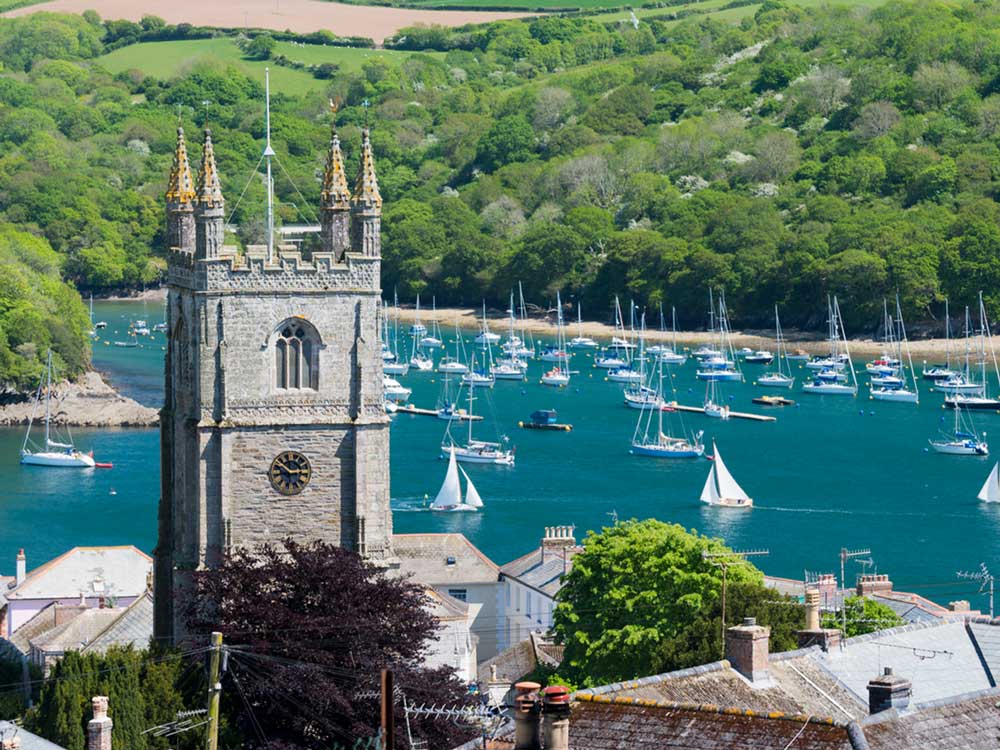
- Views over Fowey
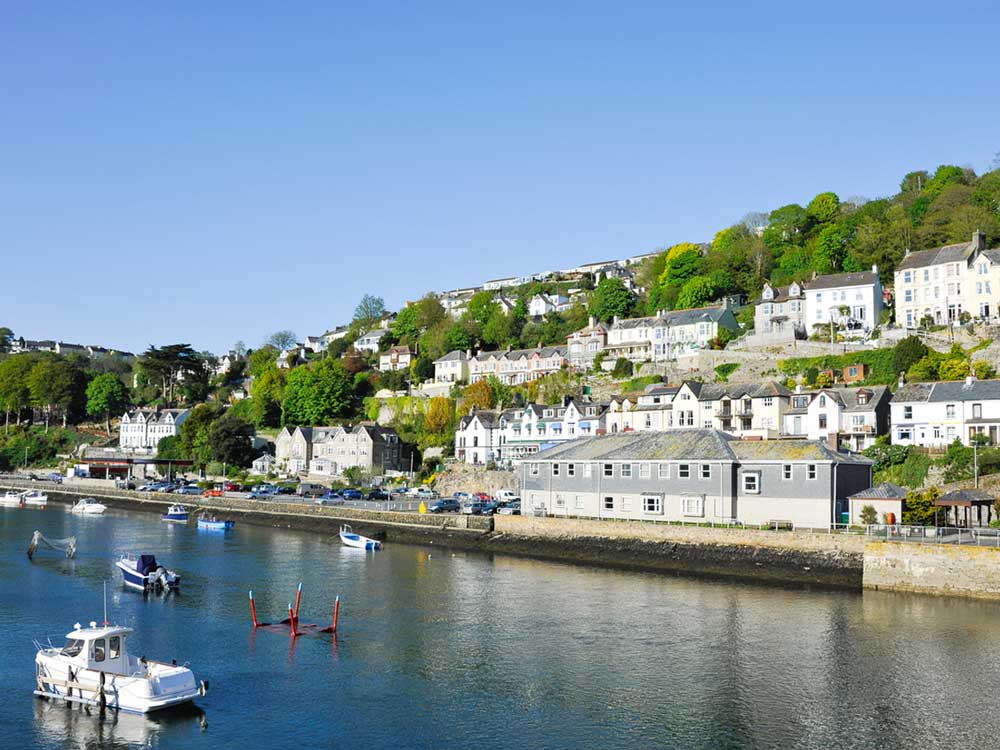
- Views over Fowey
Did you know?
Fowey is one of the most mispronounced place names. You’ll immediately betray that you are a ‘grockle’ or ‘emmet’ (local words for outsiders and holidaymakers) if you say ‘fowee’. Locals always say Foy.
Discover somewhere new
This tiny hamlet between Looe and Polperro has a small beach, mostly of shingle, so has escaped tourist development. Its remoteness meant it was big centre for smuggling and its rocks made it the scene of many shipwrecks. At low tide spot the beached remains of a French ship ‘The Margueritte’. Look out for great walks here with a couple of seasonal beach cafes for refreshments after.
Featured Accommodation
Staying in the area
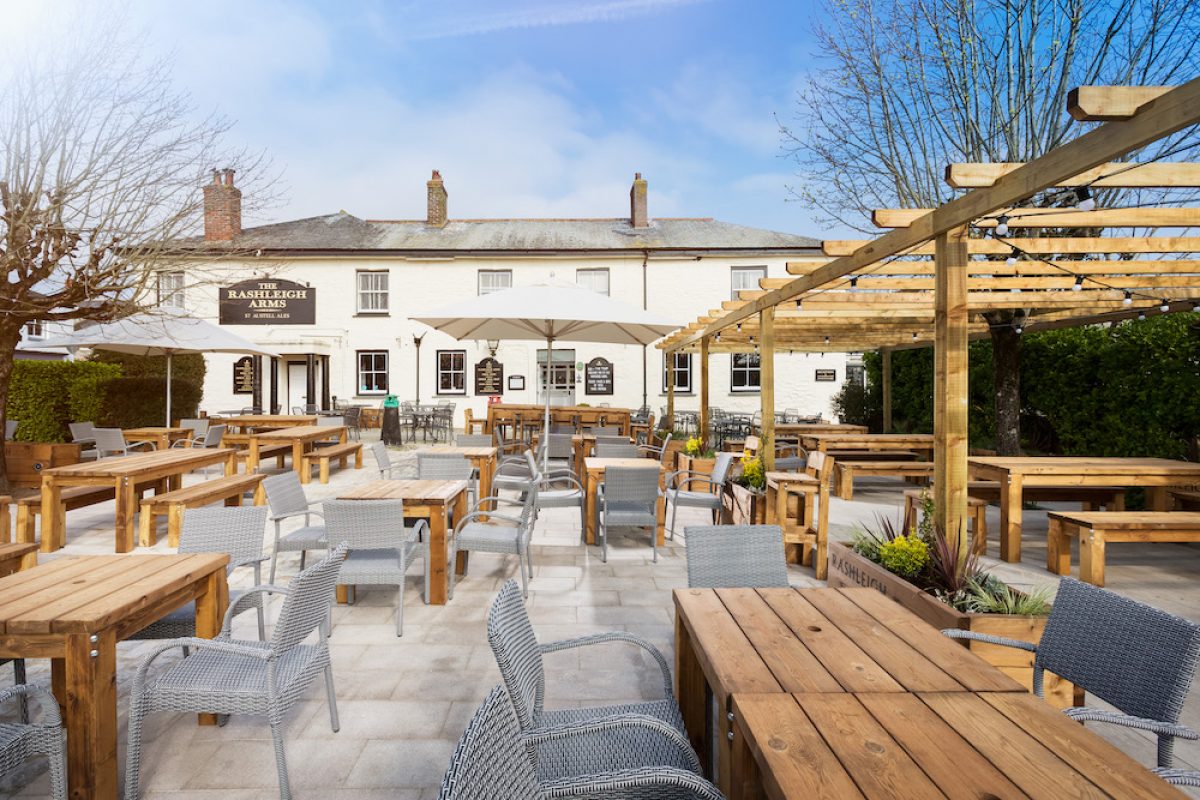
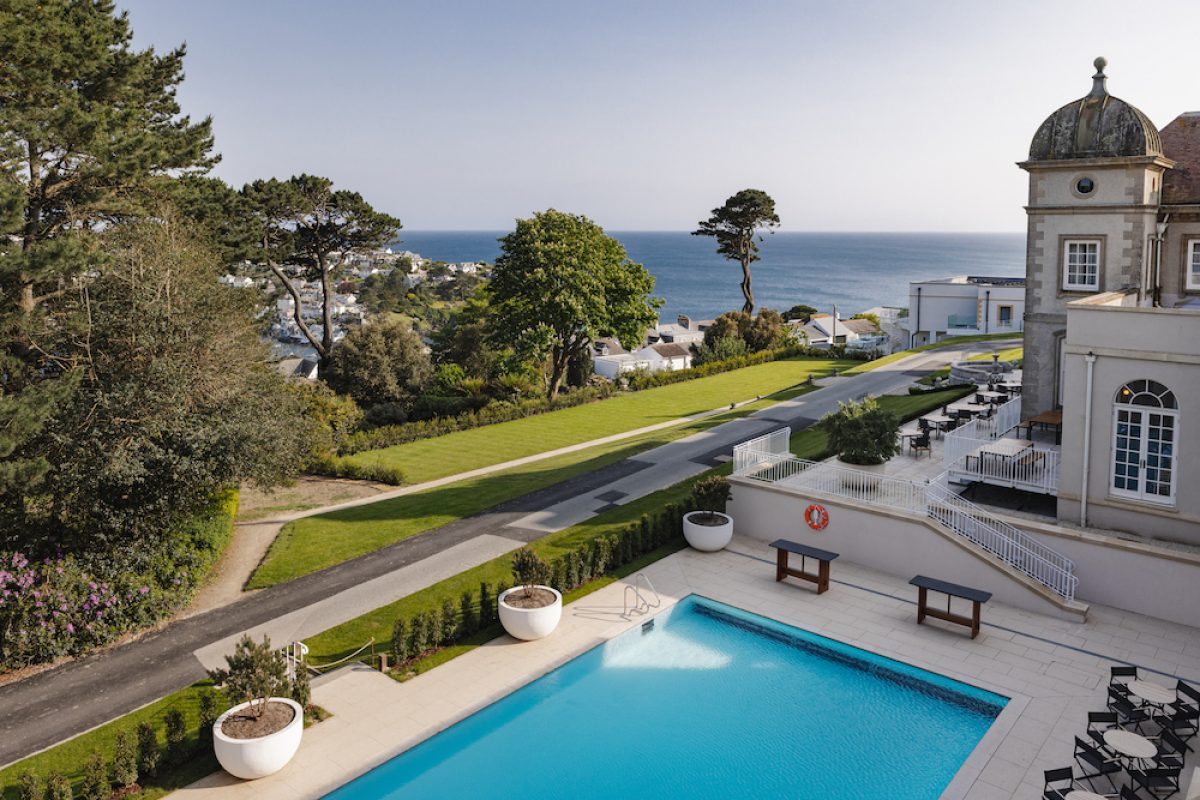
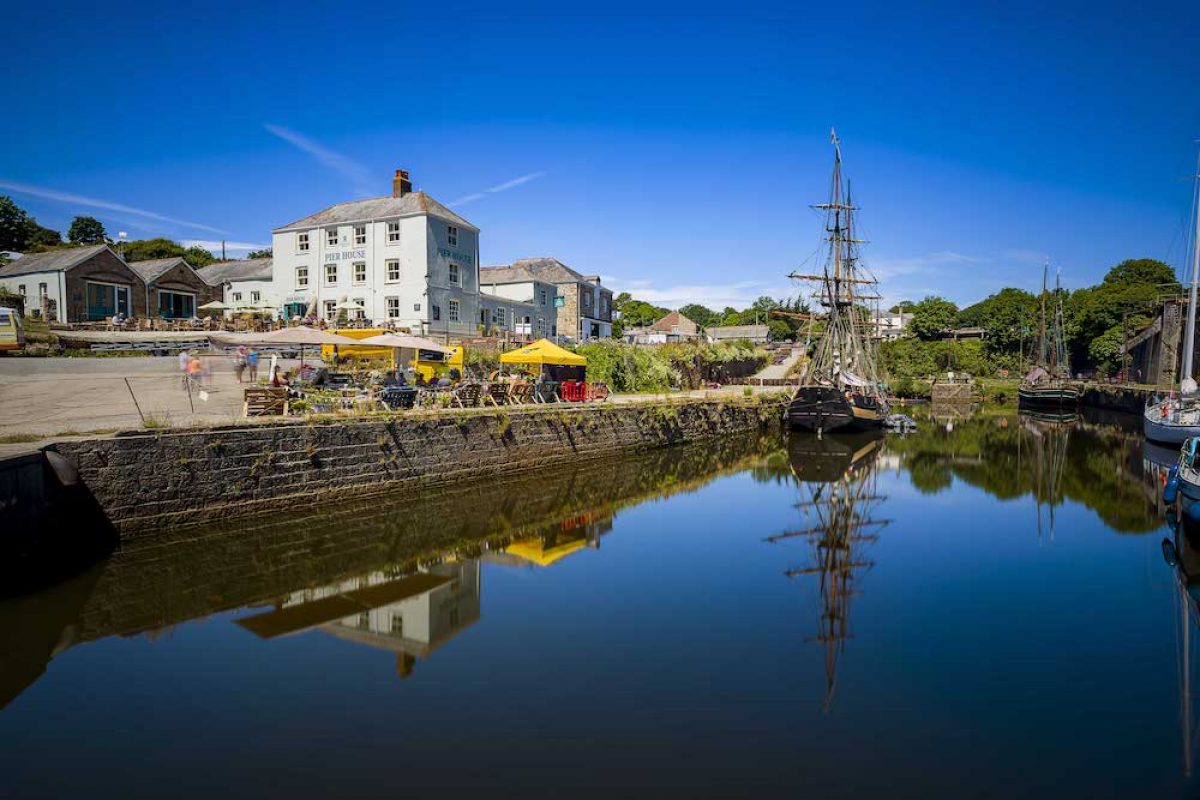
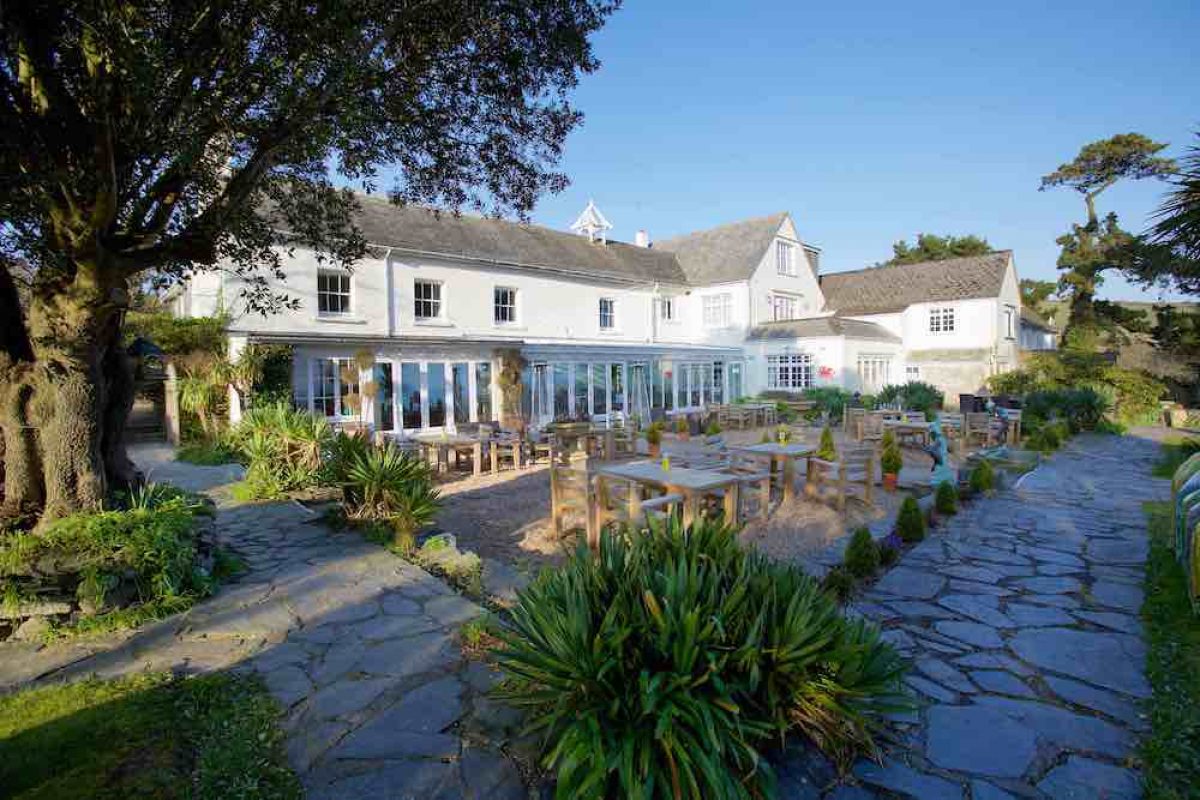
Featured Venues
Local Food & Drink

Rashleigh Arms

Pier House
LOCAL EXPERIENCES
Have Some Fun
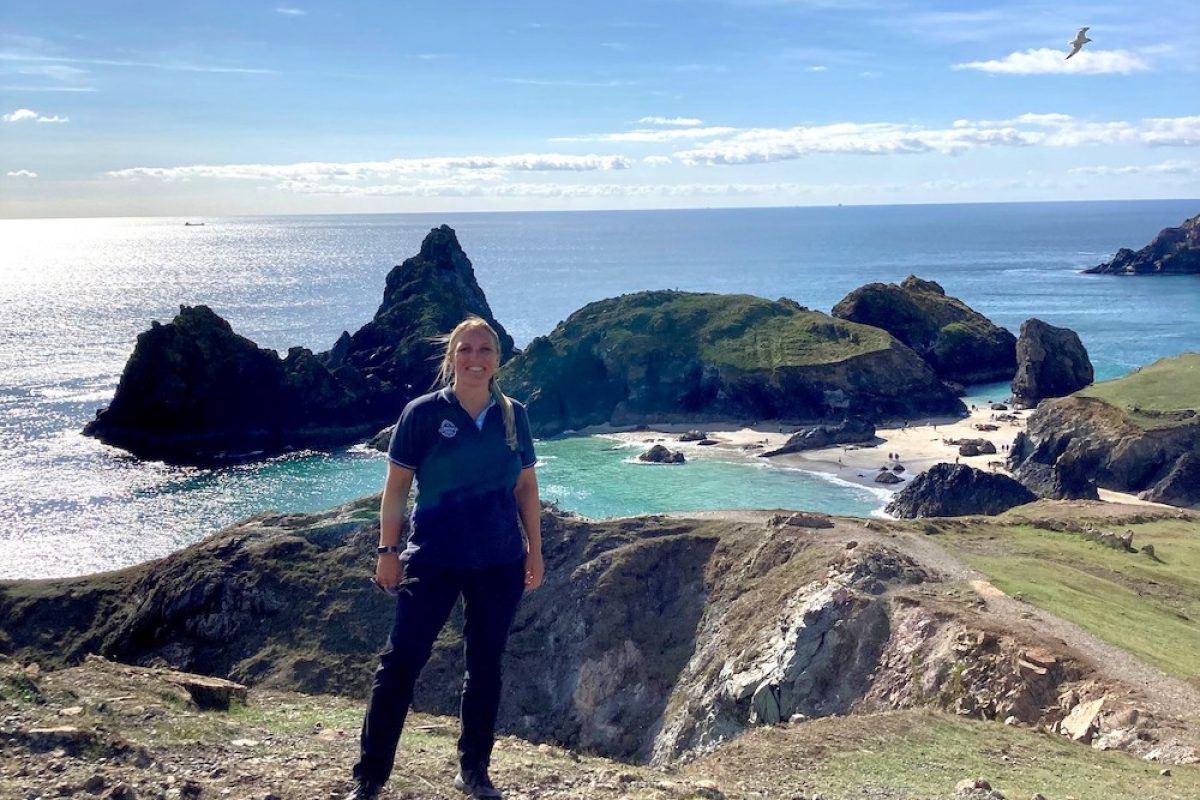
Experience Cornwall Tours
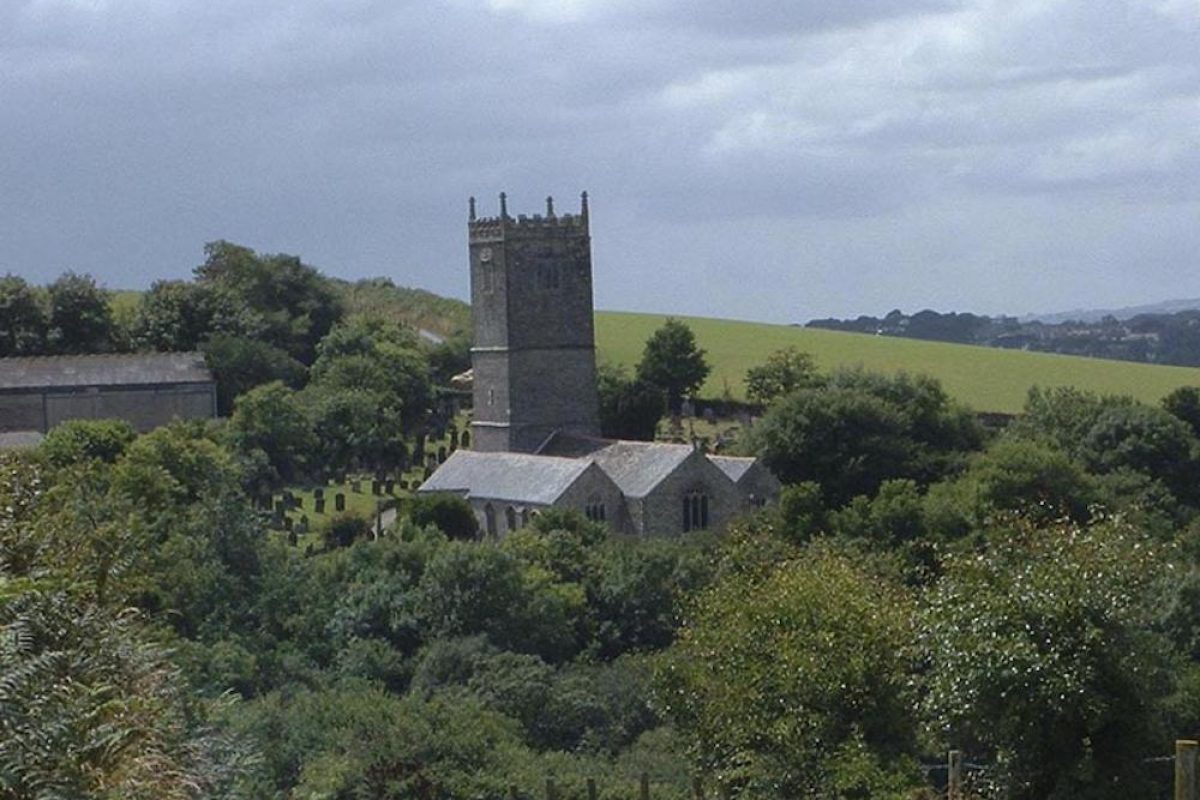
Along the coast from Polruan
